Turn your GTM into your moat.
Revenue Labs gives you the AI-native operating system that builds defensible competitive advantage through intelligence that compounds.
We've worked with GTM teams at:



Revenue Labs gives you the AI-native operating system that builds defensible competitive advantage through intelligence that compounds.
We've worked with GTM teams at:



– VP Customer Success, $150M ARR SaaS Company
























































































GTM Intelligence Infrastructure creates three defensible advantages competitors can't replicate: institutional knowledge that compounds (your system learns from every deal while competitors rely on tribal knowledge), speed advantage from 12-18 months of optimization before this becomes market standard, and network effects where more data makes your intelligence exponentially smarter.The operational efficiency is the immediate return. The strategic moat is what you build over time as your intelligence compounds and competitors struggle to catch up with manual processes. Teams deploying now gain positioning gaps that persist even when competitors invest more resources later.
Smart executives adopt infrastructure through "Crawl → Walk → Run" approach.
Crawl (Weeks 1-4): Deploy 1-2 high-value, low-risk workers proving immediate value without disrupting operations. Typical starts: ICP/persona analysis showing which segments drive revenue, churn detection identifying at-risk customers your team missed, competitive intelligence monitoring market signals. Investment: 5-8 hours leadership time, minimal technical resources. Outcome: tangible value proving concept with zero operational risk.
Walk (Months 2-3): Expand to account enrichment, intelligent scoring, additional workers across sales/CS. Teams experience "intelligence advantage" in daily work. Run (Months 4-6+): Deploy full orchestration and cross-functional workflows once value is proven. This approach minimizes commitment while maximizing learning. We recommend this phased approach because it aligns our success with yours rather than pushing maximum scope upfront.
Building GTM Intelligence Infrastructure internally requires 18-24 months and $2-4M+ in engineering costs, plus ongoing maintenance of 200+ integrations. The larger cost is opportunity: your eng team builds internal tooling instead of product differentiation, and you miss 18+ months of competitive advantage while early movers compound their intelligence lead.Strategic leaders choose Revenue Labs because you get production-ready infrastructure in weeks, benefit from learnings across dozens of GTM organizations rather than just your own, and your eng team stays focused on product moat. Early customers evaluating build vs buy typically see ROI within 3-6 months vs. the 2+ year internal timeline.
This is a category distinction determining strategic value. CRM AI features (Agentforce, HubSpot Breeze) solve narrow problems within one tool - they can't learn across your GTM or connect marketing insights to CS outcomes. Point solutions (AI SDRs, conversation intelligence, ABM platforms) automate specific workflows excellently but operate in isolation, creating more silos.
GTM Intelligence Infrastructure is the foundation layer beneath everything - it unifies data from all sources, builds GTM knowledge graphs, enables learning that compounds across functions, powers intelligent orchestration. This is WHY your tools get smarter, not WHAT they do. Strategic impact: features deliver incremental improvements, point solutions optimize silos, infrastructure creates competitive moats. Companies building infrastructure now create 12-18 month leads competitors with better features can't overcome because they lack the unified intelligence foundation.
Immediate (30-90 days): 1,000+ hours monthly eliminated in manual GTM work, early churn risk identification, improved account prioritization. Near-term (3-6 months): 15-25% win rate improvement, 20-30% CAC reduction, 15-25% forecast accuracy improvement. Long-term (6-12+ months): compounding competitive advantage, operational leverage that scales with complexity not headcount.
Mid-market companies ($75-300M ARR) typically see positive ROI within 3-6 months from efficiency and revenue impact alone - before accounting for strategic moat value. Unlike point solutions that deliver one-time improvements, this compounds over time with increasing returns as intelligence grows.
Yes - complexity is where this delivers the most value. Traditional approaches break down because manual processes don't scale, siloed tools create disconnected insights, and coordination overhead grows exponentially. Revenue Labs provides unified intelligence across all products/regions while enabling segment-specific optimization, cross-functional learning where EMEA insights inform AMER and Product A learnings help Product B expansion, and coordinated orchestration without centralized coordination meetings.
The complexity that overwhelms traditional GTM becomes an advantage: more data creates better intelligence, diverse markets provide richer learning, and scale compounds your moat. Customers with 5+ products across 3+ regions report this as the first system creating clarity from complexity rather than adding more chaos.
Implementation enhances rather than disrupts. Revenue Labs integrates with your existing stack (Salesforce, HubSpot, Gong, etc.) and makes these tools smarter - we don't replace them. Week 1-2: data integration and GTM knowledge capture (~5-8 hours from leadership). Week 3-4: GTM graph building and initial worker configuration. Testing happens parallel to existing operations, proving value before process changes.
Teams continue using existing tools with enhanced intelligence - reps don't learn new workflows, they get better context in familiar places. Simple workers deploy in days; complex orchestration expands as you prove value. Most executives report this as less disruptive than typical enterprise software because you're enhancing what exists rather than forcing wholesale change.
Operational leverage means outcomes scale faster than inputs. Revenue Labs creates: intelligence leverage (one system's learnings benefit entire org - EMEA win pattern automatically improves AMER), capacity leverage (workers handle research/analysis/coordination previously requiring dedicated headcount), coordination leverage (strategies execute across teams without exponential meeting overhead).
The difference from traditional automation: this handles increasingly complex decisions as it learns versus just speeding repetitive tasks. Customers see 30-50% capacity multiplication in first 6 months - a 10-person team handles what previously required 15-20 people. This leverage compounds: traditional automation delivers fixed gains, intelligence infrastructure gets smarter and more capable over time. This is how you scale $100M to $500M ARR without proportionally scaling GTM org.
Cross-functional misalignment stems from different data sources creating conflicting truths, lack of shared account context, and coordination overhead slowing execution. Revenue Labs creates one source of truth: unified context (every team sees same account intelligence - sales sees marketing engagement, CS sees product usage, marketing sees sales objections), shared objectives (intelligence shows how each function impacts overall outcomes), coordinated execution (churn risk automatically alerts CS, notifies sales rep, adjusts marketing, surfaces to product - no coordination meetings).
COOs report this eliminates the "each team has their own version of reality" problem. Operational impact: fewer alignment meetings, faster strategy execution, dramatically reduced finger-pointing. This creates true GTM unity rather than just forcing teams to use the same tools.
This isn't either/or - it's strategic resource allocation. Headcount approach: hire 5 GTM roles ($500-750K annually) + 3-6 month ramp + management overhead + knowledge walks out when they leave. You get linear capacity increase with linear cost increase and tribal knowledge risk. Infrastructure approach: invest $150-250K annually, value starts in weeks, capacity multiplies across team, intelligence compounds and never leaves.
One infrastructure-powered team outperforms a team 2x their size using traditional approaches. Best-in-class GTM organizations do both - but infrastructure first. Why? Infrastructure makes every hire more productive from day one, you can scale intelligently knowing what roles deliver ROI, and competitive moat comes from systems not headcount competitors can hire. Companies that build infrastructure first achieve growth targets with 30-40% less headcount, reinvesting savings. Critical in economic environments where efficient growth matters.